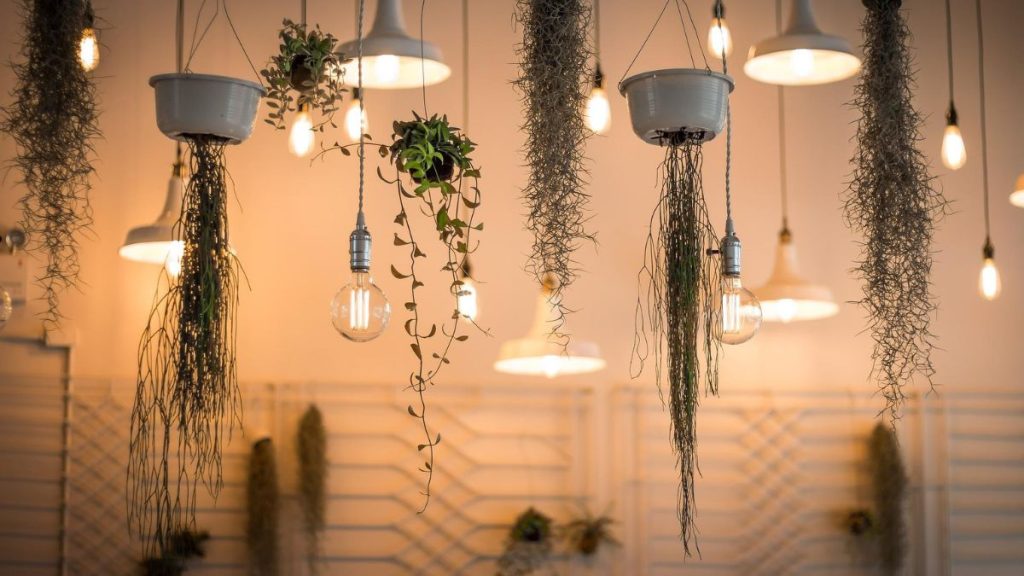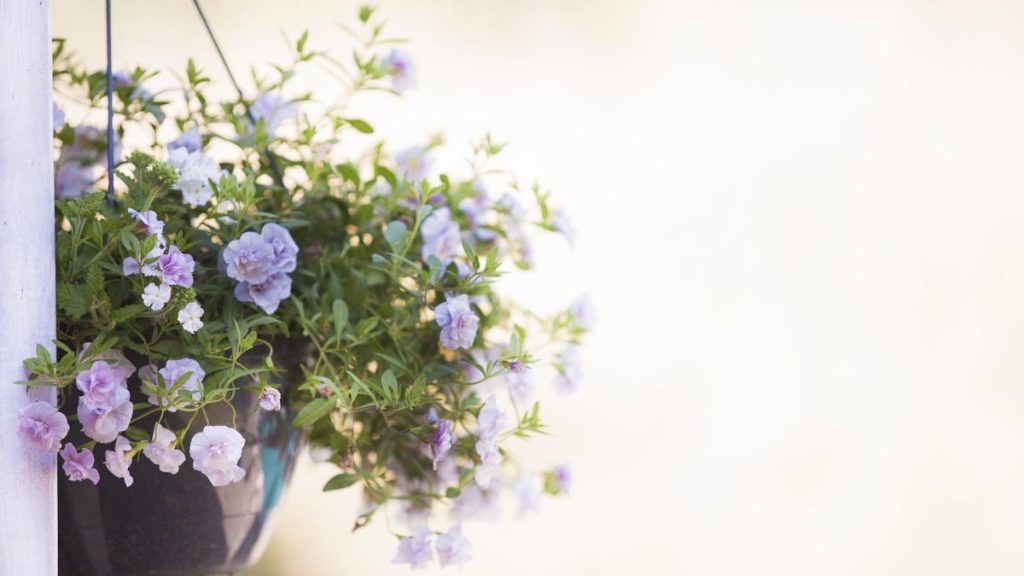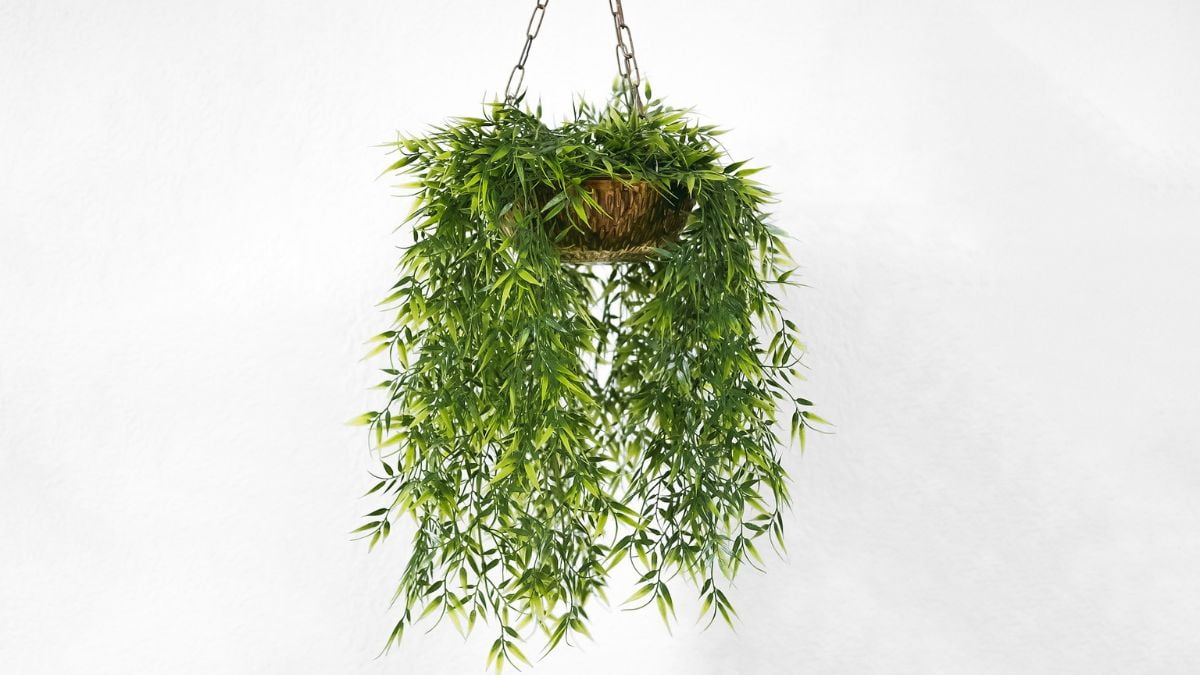You’ve come to the perfect location if you lack enough sunlight and square footage but want a verdant oasis within your own four walls. When cared for correctly, the stems of hanging plants will flow down, giving the space a lovely waterfall appearance and adding to the plants’ unique allure. Low-light circumstances are ideal for the indoor hanging plants discussed here. The following is a list of, and care instructions for, the top 10 indoor hanging plants that need little direct sunlight. Find the 10 Best Indoor Hanging Plants for Low Light Environments. Learn about the best types of plant, and if you need advice on how to care for them, follow these tips.
1. Philodendron, Heartleaf
Philodendron scandens is also known as the sweetheart plant. This kind of philodendron is easily recognized by its glossy green heart-shaped leaves. If you have high ceilings and want to fill your home with as many plants as possible, this is the plant for you since its length seems to have no upper limit.
2. This is the devil’s ivy, for sure.
One of the most popular houseplants is the Golden Pothos, so named for the way its green and yellow leaves seem as if they’ve been splattered with white paint. Devil ivy is a favorite among gardeners because of its good looks and its minimal care requirements.

3. Adanson’s Monstera
You may also know this plant by its other names: Swiss Cheese Plant, Swiss Cheese Vine, or Five Holes Plant. Blooming plant species like Adanson’s Monstera are very unusual and special. Similar to the more common Monstera Deliciosa, it is known as the Swiss Cheese Plant. This tiny Monstera Deliciosa cousin can climb and hang much like a vine. This means you need to keep an eye on it to make sure it doesn’t become too stuck to your drapes or any other surrounding hanging plants.
4. Vinea anglica
Ivy is also known as European ivy and common ivy. Because it can attach to and climb almost any surface, English ivy may quickly spread and become invasive in its native habitat. If proper surfaces are present, such as trees or fences, they may reach a height of 20-30 m (66-98 ft). If let to grow indoors, it will eventually cover your walls.
5. String of Coins
This delicate-stemmed plant is native to the Amazon and is said to bring its owner good fortune. The thick, round leaves are a dead giveaway, looking like different denominations of currency. It’s not going to grow very long tendrils, but it’ll fill out well and be a lovely addition to your family of hanging plants.
They may be easily multiplied and develop rapidly during the warm weather. Make sure the soil drains well after watering; peperomia-like soil that is neither too damp nor too dry. Hanging baskets without drainage holes benefit from regular misting to prevent overwatering.
More on Animesonnet.com: 10 Best Winter Flowers That Bloom in Wintertime, here
6. Spider Plant
The Spider Plant is often regarded as one of the most well-liked indoor plants. You may probably find one in the house of any avid gardener. Why? It thrives in a wide range of temperatures and humidity levels, has a graceful appearance, and is surprisingly hardy for a palm tree. Leaves won’t become too hot if you hang your Spider Plant in a room with indirect light. Short periods of direct sunlight are tolerable but will do nothing to benefit your plant.
7. Indeterminate Jade Plant
The round-leafed peperomia also goes by the titles Jade Necklace and Trailing Buttons. This small-leaved, soft-stemmed plant is native to the South American rainforests and, when mature, looks like a softly cascading indoor hedge. Though it may survive in partial shade, the Trailing Jade plant does best in medium indirect light.
You should hang it where it will get some indirect light during the day. Find a spot in the corner of a well-lit room, preferably one with indirect lighting. Humidity levels in the bathroom, though, would be ideal. Do not over-water; let the soil dry up completely in between waterings.
This epiphyte thrives on a mixture of wet soil and drainage media. A soilless mixture including peat and perlite helps maintain adequate drainage. It’s also important to have a basket with many holes in it for water to escape.

8. Poison Grape
Cissus alata is sometimes known as the “Venezuela treeline.” This ivy receives its name because its leaves and tendrils look like grapevines. This plant is very drought-resistant, making it ideal for those hard-to-green areas of your house.
9. Curved-Head Vines
The arrowhead plant is also known as the arrowhead philodendron, the goosefoot plant, the nephthytis plant, the African evergreen, and the American evergreen. The Arrowhead Vine is a famous hanging plant that originates in the tropical rain forests of Central and South America. Its leaves have an incredible pattern that may range from lime green to a pink-variegated olive.
This plant prefers shaded areas of the home rather than direct sunlight. Water just when soil is dry to the touch and always take into account how much light your plants are receiving.
10. Watermelon Peperomia
Watermelon begonia, watermelon pepper, watermelon plant, and rugby football plant are some of its alternate names. The name of this beautiful plant alludes to the fact that its leaves seem like little, flawless watermelon skins. Its natural habitat is South America, where it may to a height of up to 12 inches (30 cm). Watermelon Peperomia may thrive under a wide range of environmental conditions. Keep your peperomia out of direct sunshine, and it will continue to develop its showy leaves.
Conclusion
If you want to hang your houseplant, the most apparent places to do so are from the ceiling or wall using a hook. However, because of the weight of the pot and damp soil, you need to fix the hook on a wall stud or ceiling joist to provide a secure anchor.
If you can’t hang them, there are other creative ways to enjoy the cascading effect of these trailing plants. Hang the planter from the ceiling, a high shelf, or the top of a kitchen cabinet, and let the strands drape down. Alternatively, use a tall, narrow plant stand or a tiny side table. The limit is the sky, or at least the roof. You can still keep houseplants even if you have limited room and little natural light. I’m certain that among these ten low-light hanging plant options, you’ll discover a new favorite.

